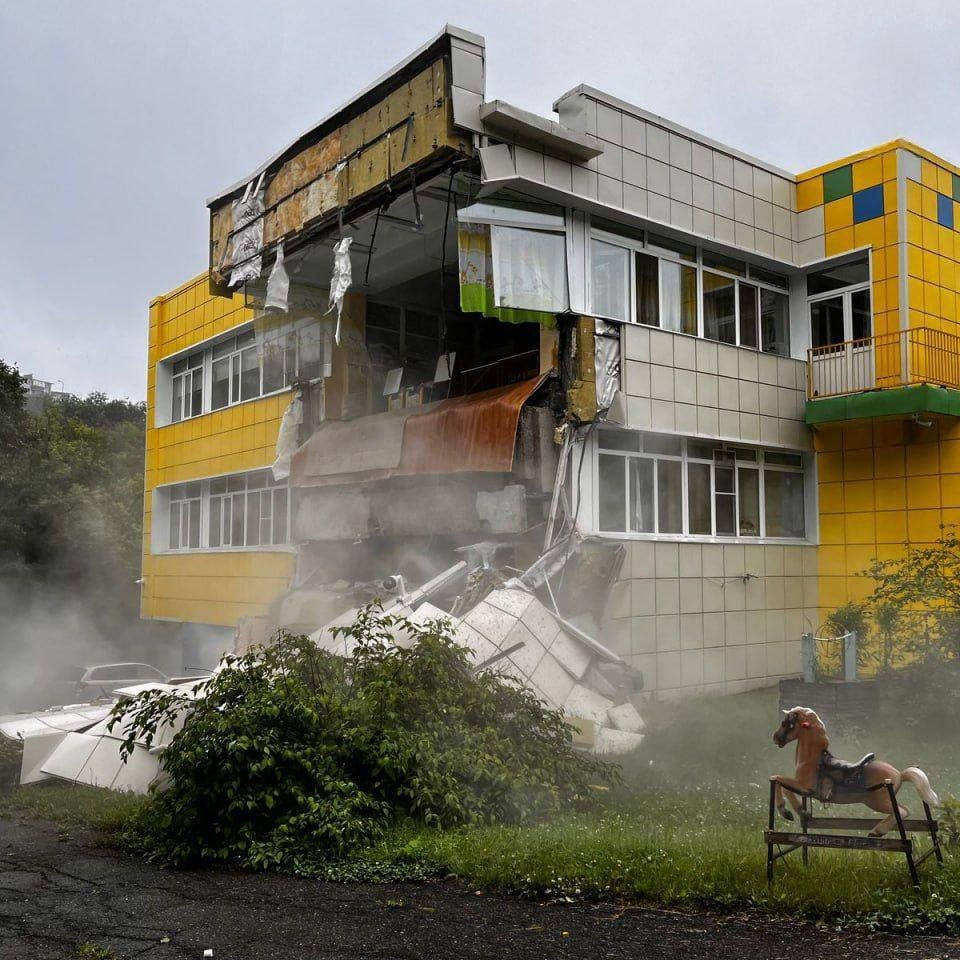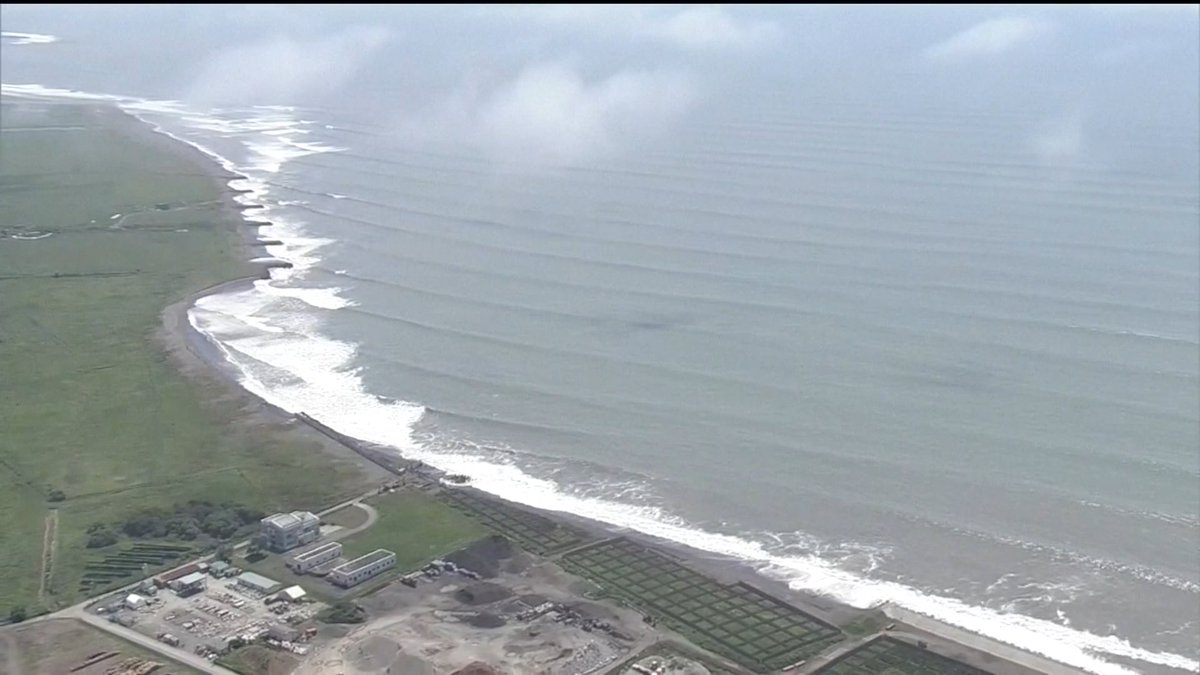From Kamchatka to California: Inside the Global Ripple of a Russian Earthquake

The planet reminded us again today of its unpredictable fury. At 08:49 UTC, a powerful 8.8-magnitude earthquake struck just off Russia’s Kamchatka Peninsula, shaking the sea bed and triggering a chain of global tsunami warnings. This was more than just a shake — it was a sign that we need to be better prepared. By midday, countries across the Pacific Rim, from Japan to Hawaii, were on high
alert. Sirens screamed along coastlines, public transport systems halted, beaches emptied, and entire cities braced for impact. Today’s seismic event could very well redefine how we view natural disaster preparedness — not just for Russia, but for the entire Pacific basin.
What Really Happened?
The earthquake happened about 125 km southeast of a city called Petropavlovsk-Kamchatsky in eastern Russia. It was not very deep underground, which makes it more likely to cause a tsunami. Within minutes, waves measuring up to 5 meters (16feet) were seen rushing toward the Kuril Islands and Russian coastal towns. The tremors, described by witnesses as "ground-breaking, thunderous, and endless,"
lasted over a minute, shaking buildings and nerves alike

In places like Severo-Kurilsk, people quickly ran to higher ground when loud warning sirens went off. Schools, government offices, and even military bases in the vicinity activated full-scale evacuation protocols. Although early reports indicate no widespread casualties in Russia, the damage to port areas, fishing villages, and coastal infrastructure is still being assessed.
The Tsunami That Followed
But the earthquake was just the beginning. The tremors launched powerful underwater shockwaves through the Pacific Ocean, activating tsunami alerts as far as:

Simultaneously, alerts were triggered in Taiwan, Chile, Mexico, Ecuador, Indonesia,
and even New Zealand, underscoring how a single seismic event in Russia could
potentially destabilize a dozen nations.
Why This Region is So Dangerous
The Kamchatka Peninsula is part of the Pacific Ring of Fire — a large area shaped like a horseshoe where many earthquakes and volcanic eruptions often happen. Here, the Pacific tectonic plate is sliding beneath the smaller Okhotsk Plate, storing enormous energy over decades — energy that violently released today. This same region has historically produced megaquakes, such as the 1952 Severo-Kurilsk disaster and the 2006 Simushir quake, both of which triggered tsunamis with tragic consequences. The 8.8 magnitude today falls into the category of a “megathrust earthquake” — the most powerful kind.
How the World Responded — A Test of Global Readiness
The response from global agencies was swift and coordinated:
This disaster has proven that the modern global disaster response network is faster and better connected than ever before. However, it has also highlighted the limitations in predicting secondary waves, aftershocks, and infrastructure vulnerabilities in developing nations.
Expert Views: What Comes Next?
Experts say there's a strong chance of more big earthquakes—over 6.5 in strength—in the next two to three days. In addition, rebounding waves — often stronger than the first — could occur overnight or even a day later. Coastal populations are advised to stay away from beaches for at least 36–48 hours, even if initial tsunami warnings are lifted.
According to Dr. Irina Volchkova, a geophysicist at the Russian Academy of Sciences, "This wasn’t just an earthquake. It was a release of pent-up tectonic pressure, a potential beginning of a longer seismic cycle in this zone."
The Bigger Picture: Are We Truly Safe?
Today’s events are a powerful reminder that no country within the Pacific Ring of Fire is immune to sudden natural disasters. Earthquakes of this magnitude don’t respect borders — they ripple across oceans, economies, and emergency systems.
What started in Russia ended in Japan, Hawaii, and Peru — a dramatic display of how interconnected our world truly is. And while we can’t predict earthquakes, we can prepare better, educate communities, invest in smarter alert systems, and build stronger infrastructure.
Final Thoughts
As of now, the tsunami threat is gradually receding, but tension remains high. Governments are urging citizens to remain vigilant. Ports are shut, flights are delayed, and emergency services remain on red alert. Let today serve as a vivid warning: the Earth is restless beneath us — and staying
prepared is not just an option, it’s a necessity.
Frequently Asked Questions
About the Author
Talk n Knock Team